Monthly Archive: May 2011
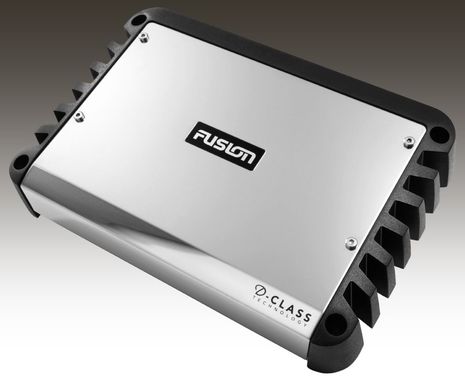
While Fusion’s new MS_DA51600 marine audio amp is just being announced this week, a prototype was on display at the Miami Boat Show and I can tell you that the industrial design is even more striking in its cast aluminium and high-polish stainless flesh. But perhaps its real claim to fame is its ability to pump out 4 channels at 80 Watts RMS, plus 250 of sub woofer — and a freaking peak of 1,600 — all via Class D technology that purportedly requires less amps and causes less heat. Who needs that kind of power?…
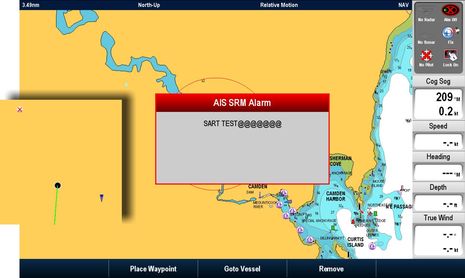
A gold star to Raymarine for the E140W’s response to an AIS SART test! This seems like exactly the proper plotting behavior described by the USCG AIS expert Jorge Arroyyo in a comment to the entry about the easyRescue SART tested. Not only did the E Wide put up an alarm noting the SART TEST message but it also plotted the SART’s location with the correct distinctive icon (see inset above). And, as a bonus, it’s giving the operator quick soft key or touch shortcuts to setting up a go-to-SART route or dismiss the alarm. But so far the E140W is the only MFD that’s so well behaved and it wasn’t until I updated its software this weekend…
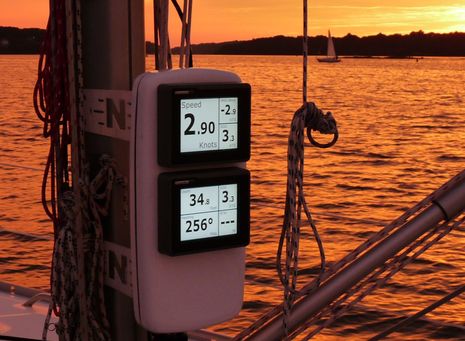
A review by Dan Corcoran: The Raymarine ST60 Graphic, ST70, and the Garmin GMI10 began a transformation away from specialized instrument displays for wind, depth, speed, compass, and autopilots in large part due to the availability of sensor information from data buses like Seatalk and NMEA-2000. Although the days of single purpose instrument displays with direct connect sensors and dedicated digits or analog needles has not yet come to an end, mostly due to cost and power advantages such displays have in an environment where sunlight readable displays is a must, the time is near…
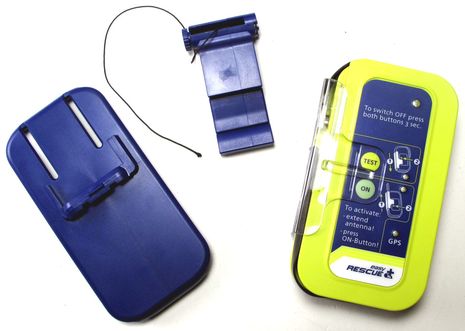
After the Miami show this year I wrote about the introduction of Kannad and McMurdo personal-size AIS SARTs meant for crew overboard rescues and/or to help you get found in a liferaft. The idea is that these 1 watt AIS transmitters can be seen and homed-in to from at least a few miles away by any vessel — including your own — with an AIS plotting device. (Antenna height can increase that range a good deal, and that even includes satellites!) The first AIS SART I’ve gotten to test is the easyRescue A040 developed by the German company Weatherdock. It’s a brick-shaped device about 5 x 3 x 1 inches and it includes an optional back plate/belt clip and even a reel of thin line so you can leash it to your life jacket…
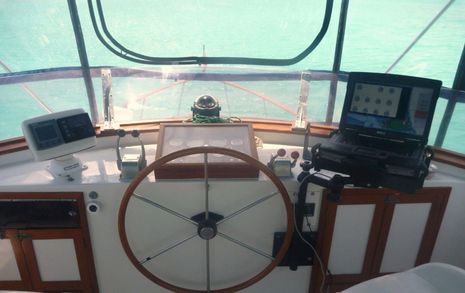
That’s a recent picture of Bob and Elaine Ebaugh’s Defever 44, Mar Azul, and I’m jealous on two counts. The obvious one is that beautiful clear-blue-sea-over-white-sand experience they’re enjoying in the Bahamas (where I’ve not been in some time). The other is that virtual engine gauge panel seen on the laptop, which is giving the Ebaugh’s a better sense of what their relatively old diesels are up to than many of us power cruisers get the comfort of. You may recall that Bob already did some cutting edge work with Ethernet and NMEA 0183 conversion which he wrote up for Panbo last year. Well, he’s done it again, thoroughly describing what it took to adapt a Chetco Digital engine monitoring system to his boat, and how it’s working…
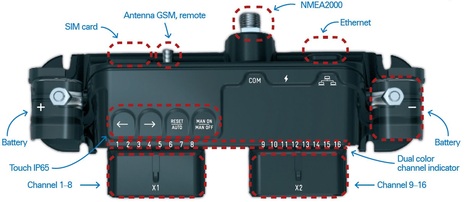
I keep hearing good things about EmpireBus NXT, the second generation distributed power and control system developed by the Swedish firm Trigentic AB, and I’m beginning to understand why. It must have been a hard decision to completely redesign the original CLC system for such a tentative, low-volume niche market, but I’m sure I’m not the only one who appreciates the change from proprietary CANbus to NMEA 2000 for primary data communications. And, holy cow, look at all the other I/O they added. Aside from switches on the N2K bus, that 16-channel DC Module can be controlled with a 2-way wireless fob, or via Ethernet/Internet, or via a GSM cellular phone…even via an iPhone app purportedly…
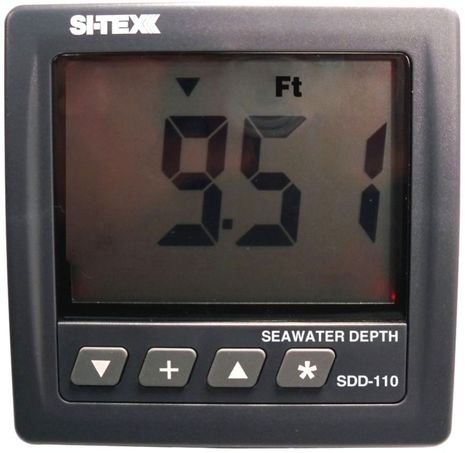
I sometimes wonder how the smaller marine electronics manufacturers will get along as more and more boaters seem to go with systems centered on do-it-all MFDs from the Big Four brands. So it’s good to read on the Si-Tex home page that the company turned a profit in its first year under new management. The trick seems to be filling niches that the big boys have largely abandoned, like the new standalone SDD-110 Digital Depth Gauge above, which will drop right into the hole left by a venerable Datamarine Offshore Sounder and only retails for $349, excluding an ‘inexpensive’ transducer…
















